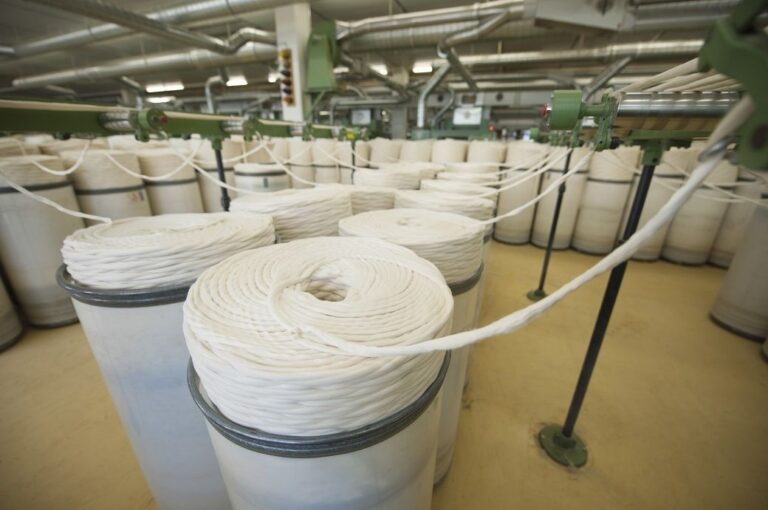
[ad_1]
With overall demand remaining conducive of growth, manufacturers scaled up production at the end of 2022. The upturn in output was sharp and the best seen since November 2021, according to S&P Global.
India’s manufacturing purchasing managers’ index reached 57.8 in December 2022, up from 55.7 in November, according to the data from S&P Global. December’s PMI pointed to a strong improvement in the manufacturing sector that was the best seen since October 2020. The PMI average for the third fiscal quarter (56.3) was the highest since a year ago.
The data highlighted a very positive ending to 2022 for Indian manufacturers, as business conditions improved to the greatest extent in over two years. Panellists continued to obtain healthy inflows of new business, and stepped-up production to the greatest extent seen since November 2021. Hiring activity was stretched to December, while more inputs were acquired as firms sought to supplement production and add to their inventories. Input cost inflation was contained, but there was a solid and quicker increase in selling prices.
Demand resilience boosted sales growth in December, with the rate of increase picking up to the quickest since February 2021. In some instances, panellists indicated that advertising, product diversification, and favourable economic conditions supported sales.
International demand for Indian goods also improved, but did so to a lesser extent than in November. Overall, new orders from abroad rose at the slowest pace in five months as several companies reportedly struggled to secure new work from key export markets.
December data pointed to a further increase in buying levels among goods producers. Moreover, the rate of expansion was historically sharp and the strongest since May 2022. Survey participants linked the upturn to demand strength.
Suppliers to the Indian manufacturing sector were comfortably able to accommodate for the uptick in input demand, with average lead times unchanged from November. Manufacturers themselves faced mild pressures on their operating capacities as signalled by a further, albeit slower, increase in outstanding business.
To address backlogged work, Indian goods producers hired additional staff at the end of the year. The latest increase in employment was the tenth in consecutive months but the slowest since September.
Inventory trends continued to diverge in December, with a rise in input stocks contrasting with another depletion in holdings of finished products. The accumulation of the former was attributed to ongoing expansions in purchasing activity and considerably less challenging supply-chain conditions. The fall in post-production stocks was linked to the fulfilment of sales from warehouses.
Cost pressures remained relatively muted in December, with the overall rate of inflation little-changed from November and the second slowest since September 2020. Underlying data indicated that price reductions for some raw materials partly offset increases elsewhere.
For the first time in close to two-and-a-half years, the rate of inflation for selling prices outpaced that seen for input costs.
When assessing the year-ahead outlook for production, companies were optimistic. Advertising and demand buoyancy were cited as the key opportunities to growth prospects.
Fibre2Fashion News Desk (DP)
[ad_2]
Source link